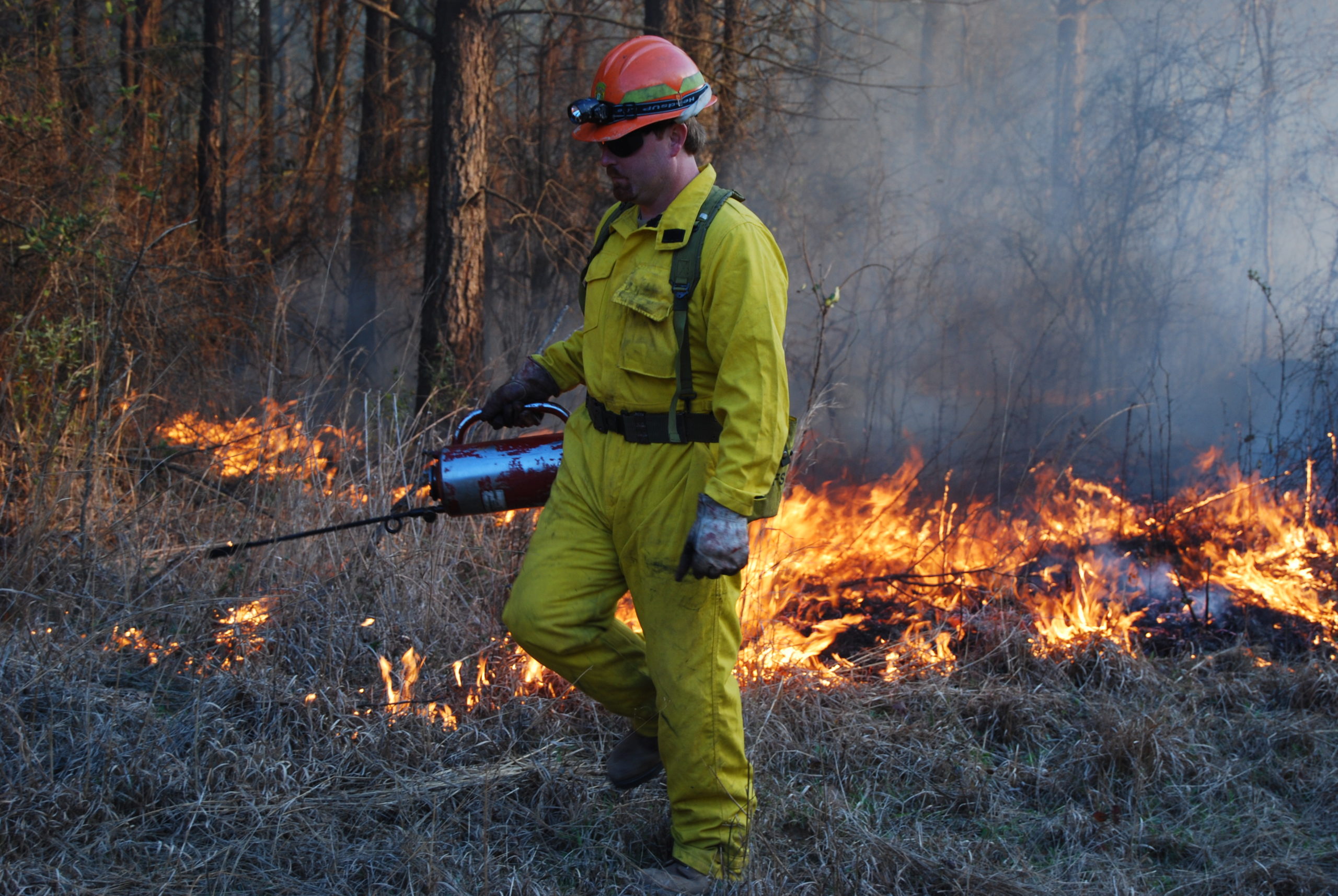Good fires prevent bad ones
From hazardous fuel reduction to wildlife habitat improvement, prescribed fire should be part of every forest landowner’s management plan.

Wildfires in California, Colorado and Oregon have been raging for over a month. These fires have caused billions of dollars in damage, destroying homes and lives.
The potential for catastrophic wildfires is not limited to the western United States. The southeast has seen its share of devastating wildfires. In 2016, a massive wildfire swept through the Great Smoky Mountains National Park and into Gatlinburg, Tenn., killing 14 people.
Experts who study wildfires agree that good land management practices can go a long way in helping reduce the risk of catastrophic wildfires. One land management tool that is widely used throughout the southeast, including in Mississippi, is prescribed fire.
A recent New York Times article states, “Scientists who study wildfires agree that allowing forests and grasslands to burn periodically – by, say, intentionally setting smaller fires under controlled conditions can be a [more] effective way to clear out vegetation.”
Last fiscal year (July 1, 2019 – June 30, 2020), approximately 15,000 acres were burned by the Mississippi Forestry Commission (MFC) or other certified burn managers, just a fraction of the millions of acres intentionally burned every year in the southeast U.S.
By contrast, California intentionally burned just 50,000 acres in 2017.
What is Prescribed Fire?
Long ago, when our nation had few people, the forces of nature governed the land and wild ecosystems adapted and thrived. One of those forces was frequent fire, which periodically cleaned out forest habitats and prevented the buildup of dead plants and trees that can lead to devastating wildfires.
“Prescribed fire, also known as a controlled burn, is an extremely effective forest management practice across the southeast,” said Russell Bozeman, MFC state forester. “Under specific weather conditions, a team of fire experts applies fire to an area to help restore health to fire-adapted environments.”
This process reintroduces the beneficial effects of fire into an ecosystem, producing the kinds of vegetation and landscapes we want. Prescribed fire reduces the hazard of catastrophic wildfire caused by excessive fuel buildup.
Prescribed Fire Benefits
“Prescribed fire provides a multitude of benefits to the forest landscape,” Bozeman said. “From hazardous fuel reduction to site preparation to wildlife habitat improvement, prescribed fire should be part of every forest landowner’s management plan.”
By safely reducing excessive amounts of brush, shrubs and trees, encouraging the new growth of native vegetation, and maintaining the many plant and animal species whose habitats depend on periodic fire, prescribed burning helps reduce the catastrophic damage of wildfire on our lands and surrounding communities.
Wildfires that burn in areas where fuels have been reduced by prescribed fire cause less damage and are much easier to control.
With fall officially upon us, the MFC is preparing sites across the state for winter replanting. Prescribed fire is used to expose mineral soil and burn away downed debris and competing vegetation until seedlings become established.
Prescribed burning stimulates seed germination of many species and provides open conditions at ground level for travel, loafing and feeding by game bird broods, rabbits and ground-feeding songbirds.
Whitetail deer are a good example of a species that thrives after fire. In habitats where fire has been suppressed over a long period of time, all the vegetation growth eventually gets out of reach for a deer. After a fire, a lot of the vegetation is brought back down to ground level within reach and it’s more nutritious and the deer are much healthier.
“The Mississippi Forestry Commission believes that, when performed by a trained professional, prescribed fire is one of the most valuable forest management tools available,” said Bozeman. “The use of prescribed fire in Mississippi helps maintain healthy forests and the economic viability of forestland.”
And when it comes to wildfires, remember, good fires prevent bad ones.
Click here for more information about prescribed burning and like and follow @MSForestryComm on Facebook, Twitter, Instagram and YouTube.
